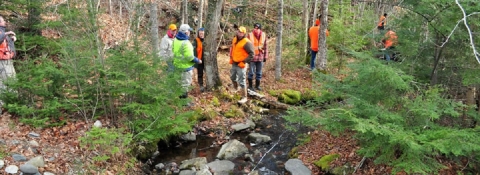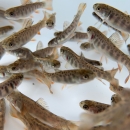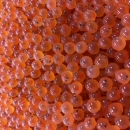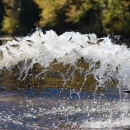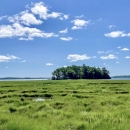About Us
The Maine Fish and Wildlife Conservation Office is part of a network of field stations located throughout the nation that works to conserve fish and aquatic resources. Biologists from Alaska to the Florida Keys restore native species, protect imperiled species and their habitats, and monitor and control invasive species invasive species
An invasive species is any plant or animal that has spread or been introduced into a new area where they are, or could, cause harm to the environment, economy, or human, animal, or plant health. Their unwelcome presence can destroy ecosystems and cost millions of dollars.
Learn more about invasive species . We evaluate native fish stocks and provide recommendations to states, tribes, and international partners for sustaining native fisheries, including migratory fisheries. And we work with partners to restore habitat through programs such as the National Fish Passage Program and the National Fish Habitat Program.
The Maine FWCO was created in 1987 by the United States Fish and Wildlife Service to provide technical assistance and coordination of fish restoration programs in Maine.
Our Mission
Since 1871, the U.S. Fish and Wildlife Service has been applying science-based approaches to conservation challenges. We work with our partners and engage the public to conserve, restore, and enhance fish and other aquatic resources for the continuing benefit of the American people. Conservation is at the heart of what we do, and we recognize that we do this work for the American people–both the present generation who benefit today and future generations who will inherit our legacy of conserving America’s aquatic resources.
The Maine FWCO strives to restore fish habitat throughout our rivers in Maine, for freshwater and sea-run migratory fishes. We do this primarily through collaboration with local, State and Tribal partners.
Other Facilities in this Complex
The Maine FWCO is co-located at the Craig Brook National Fish Hatchery in East Orland, Maine.
We also belong to a broader complex of FWS facilities known as the Maine-New Hampshire Fish and Wildlife Complex. The complex is comprised of 7 offices, including three national fish hatcheries. Collectively, we conserve the unique fish and wildlife of Maine and New Hampshire such as wood ducks, eagles, plovers, songbirds, cougar, lynx, brook trout, salmon and alewife.



